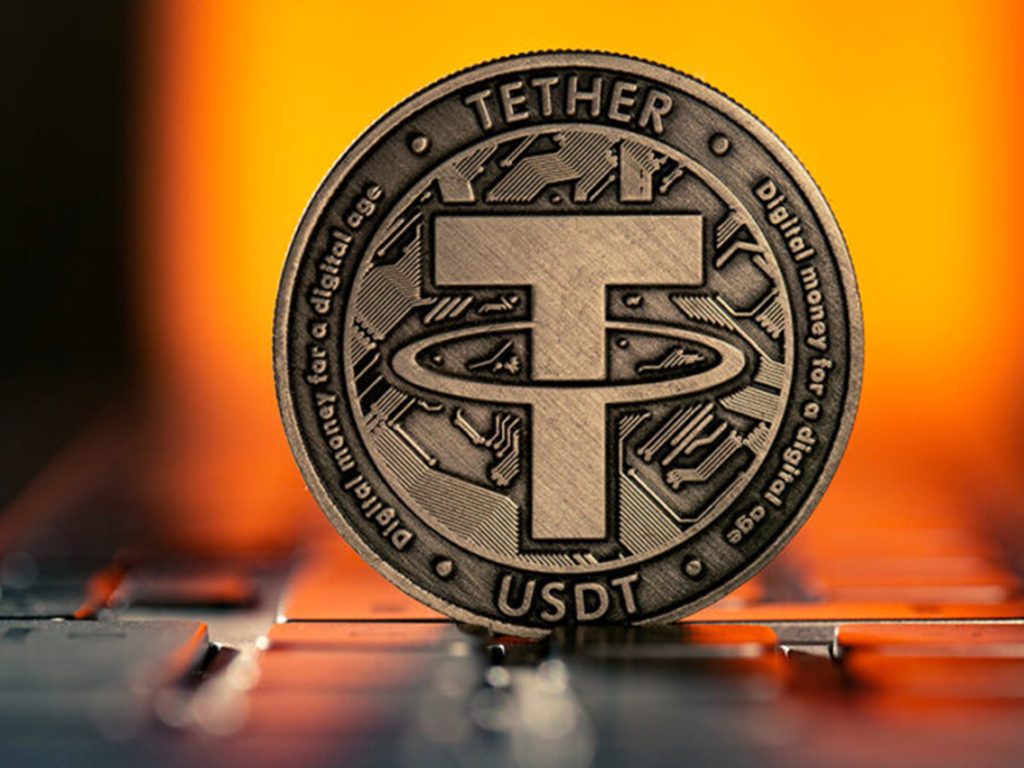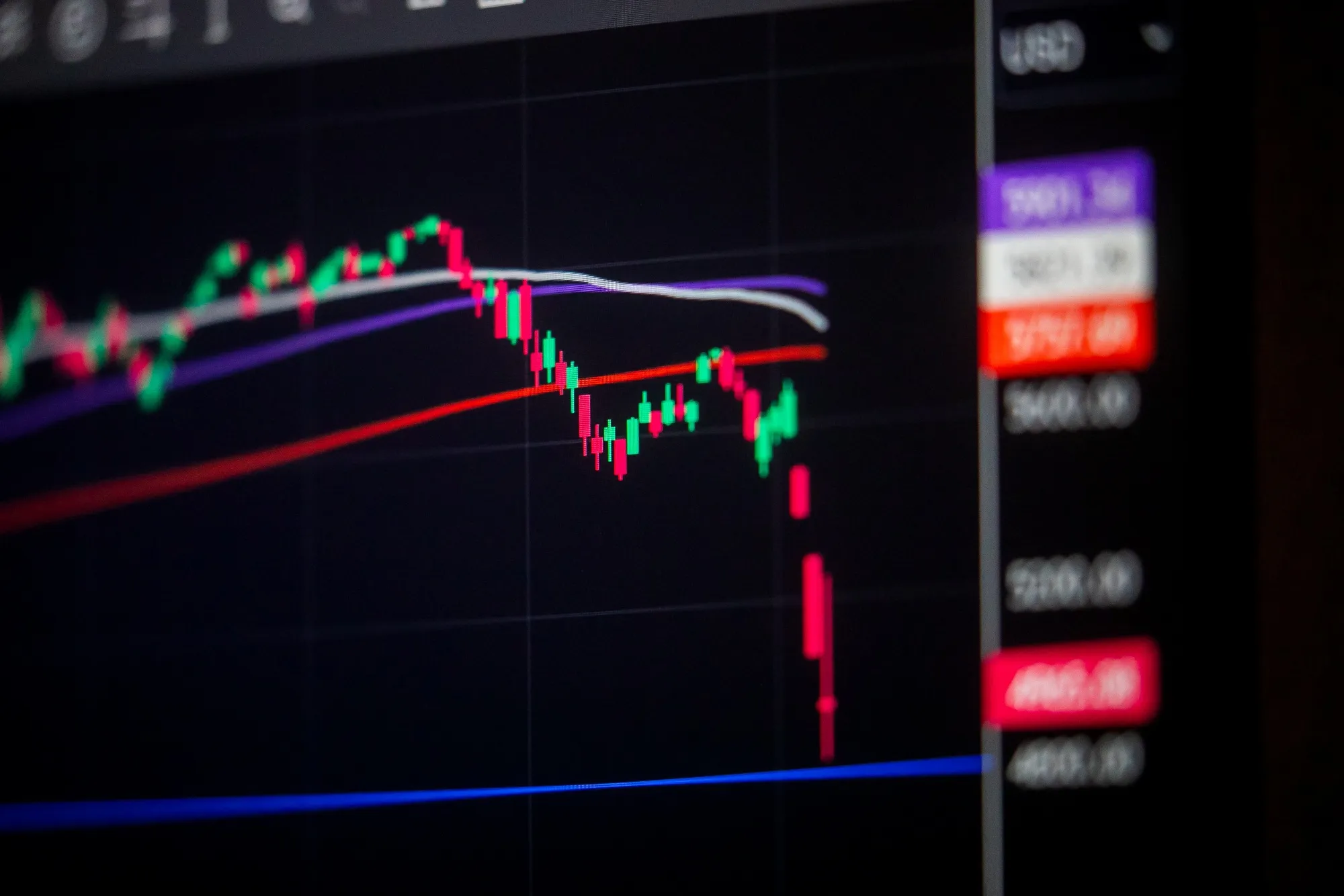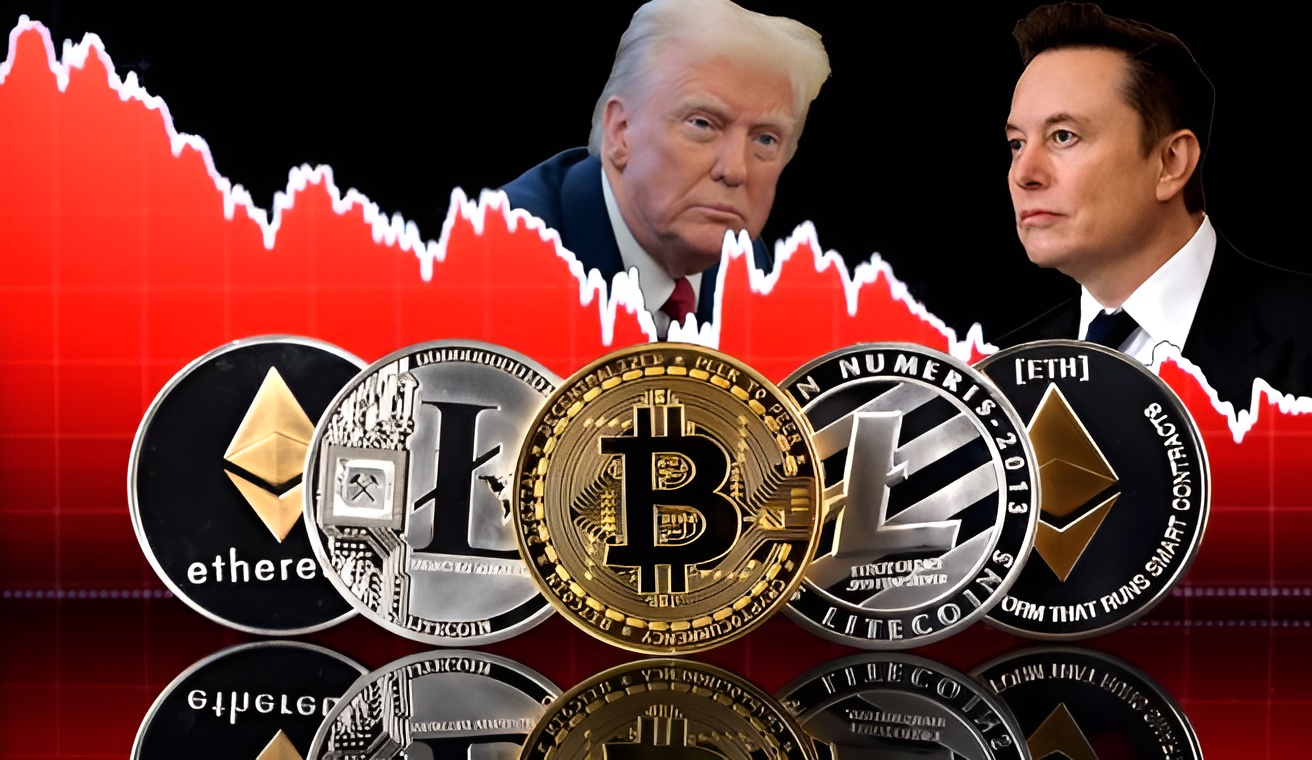
I am sure that many of you have heard of Bitcoin even before it hit 260$ back in 2013. However, have you ever believed that someday such a simple technology would hit 60,000 USD? We had the opportunity to talk and debate Bitcoin with many individuals and deep dive into their thoughts, and this article is our contribution to those who understood Bitcoin and Crypto.
The Genesis
Lots of people who bought Bitcoin dirt-cheap and held it till today are those who understood the message hidden in the Genesis block. “The Times 03/Jan/2009 Chancellor on brink of the second bailout for banks.”. This refers to the fact that Bitcoin cannot be bailed out because its process eliminates the middleman; there is no third party, and no corporate entity to go between BTC and the consumer.

The recent developments in bank crises in the last few months, the continuous intervention of the Fed to save the banking system, the collapse of the FTX and the probable collapse of Binance are great demonstrations of why a middleman may not be of benefit for the Banking system users and crypto crowd.
It is a liquidity gauge
Bitcoin correlates with Global Liquidity and that makes sense. Whenever liquidity increases, the business condition improves, and the employment rate increases. More liquidity accompanied by more production and economic activity creates a wealth effect and increases the saving rate which then enables more people to adopt Bitcoin as a form of investment.
The red line above shows the Global liquidity for the Fed, BOJ, and PBOC. The central bank’s response to the lack of liquidity in 2020 matches the bitcoin price movement.
It is a tech
It’s commonly believed that the price of Bitcoin is correlated with the NASDAQ. However, it’s important to note that the NASDAQ itself is strongly influenced by global liquidity trends. When global liquidity conditions improve, the tech sector – which the NASDAQ largely represents – tends to be more highly valued. This could help explain the observed correlation between Bitcoin and the NASDAQ, as Bitcoin is often seen as a technology-driven investment. Nevertheless, it’s worth bearing in mind that correlations can be complex and subject to change over time.
The inflator changed crypto’s volatility character
What is USDT? it is not fully backed by US treasury notes like the USD Coin, it is not an algorithmic Coin like DAI. Then what is it? it is a token backed by loans! Which means that it is a liquidity provider to those who cannot access the US banking system! A digital EuroDollar bank that leverages its reserves to provide liquidity for parts of the world that have been cut off from the US banking system.

Currently, the USDT has over 82 Billion USD market cap compared to its rival USDC which only has 30 Billion USD in market cap. Can anyone in their sound mind believe that a reliable and regularly audited USD token only gets 30B$ in market cap while a doggy USD token has 82B$? It is like JPMorgan has 30B$ worth of balance sheet and SVB has 82! The reality is if you break down the structure for the balance sheet of these banks and tokens, you will find out one is supported by robust reserves and the other by loans out of thin air which the receivers of those loans may default on them.
The USDT is the inflator of the inflator, the Fed, and its constant intervention in the crypto market using its digital printing press backed by the stupidity of its holders have changed the volatility profile of the crypto assets, in particular Bitcoin, similar to how the Fed changed the structure of markets after 2008 with nonstop QEs. As a result, we do not get one-time blow-off tops in Bitcoin as we did in the past cycles. Whenever the price goes up, the ultimate inflator cashes out, and when it falls they buy.
As you can see, the tether market cap lags the global central bank’s liquidity by months. However, in recent past weeks, as liquidity crunch hits the markets, Tether eases! This is an alarm and a big red flag for the crypto community and suggests that we are getting closer to the event in which the USDT unpegs from the Dollar and sinks. The recent easing is not being done to address the market need for more liquidity because Central bankers are busy fighting inflation and historical data suggest that Tether easing should lag the central bank’s liquidity by weeks. This is mainly a result of an environment in which central crypto exchanges needed to be bailed out, secretly, or an environment in which Tether starts to buy as many assets as it can with its printer before it drops to whatever the fair exchange value is for the token, probably 0. When we encounter that moment, the massive move in Tether will increase the volatility in all Crypto assets as Tether owners will pile in to buy other crypto assets while the total market cap for Crypto sinks, not by 82 B$, but 82 B$ on leverage.
It is what is
The purple line in the chart above shows the price of Bitcoin divided by the USDT market cap and the green line divides the price of Bitcoin by DAI plus the USDC market cap. Crypto is made so people can migrate from cash to digital assets. In other words, when you divide the BTC price by the stablecoin market cap you should get a falling slope which means people let go of cash and buy crypto and someone else is holding onto that cash (and may choose to redeem it), and if the slope goes up it means that the market thinks that the cash is far better than crypto or someone is printing much more than they should. The problem with the chart above is that the purple line was unpegged from the green line a long time ago. After that event, there is a strong correlation between the price of Bitcoin and the USDT market cap’s contribution to the price of Bitcoin (the purple line)! How is that even possible? It also tells us that the market share of Bitcoin in USDT is rising, but it is falling in terms of USDC and DAI. The bottom line is the purple line should follow the path that the green line followed, otherwise, it is fair to say that all the bitcoin mania was a result of Tether buying crypto assets and inflating them because of the positive cash flow it had after 2020.
After the crypto crash, the purple line partially normalized. But how and who paid the price for that since the USDT is still pegged to 1$?
The risk of Tether collapse decreased at the expense of Alameda’s stop losses. A whopping 9 Billion dollars was lost in FTX by Alameda research while they were trading users’ money, and to whom they did lose? To the guy who inflated the market to highs never seen before. You might ask was the 9B$ enough to normalize the Contribution of the Tether market cap to the BTC price? The retail losses on crypto were far more than 9 B$ and the FTX fiasco was only a portion of that. However, as liquidity continues to dry and interest rate stays high, pressure on manipulation coins like Tether increases and might be followed by an event of insolvency. Until then, the market is for Tether to extract the juice out of it.
Bonus
Crypto is what it is. Not your key, not your coin. Not your cash in your wallet, not your USD.






